Dino killing meteor had a cousin! Left a big impact on Earth, know where it did so
Did the meteor which killed the dinosaur caused another impact in the ocean? Or did it have a cousin meteor which did it? Read on to find out.
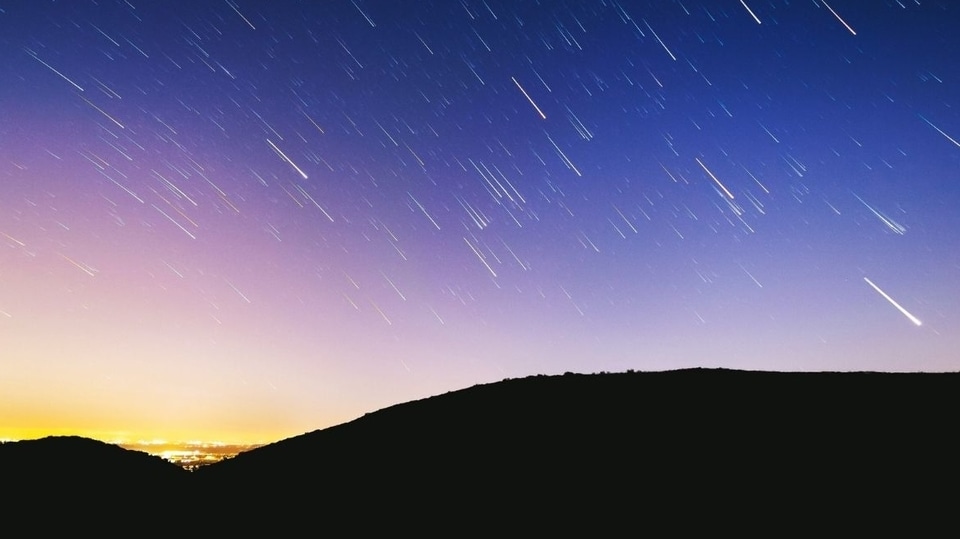
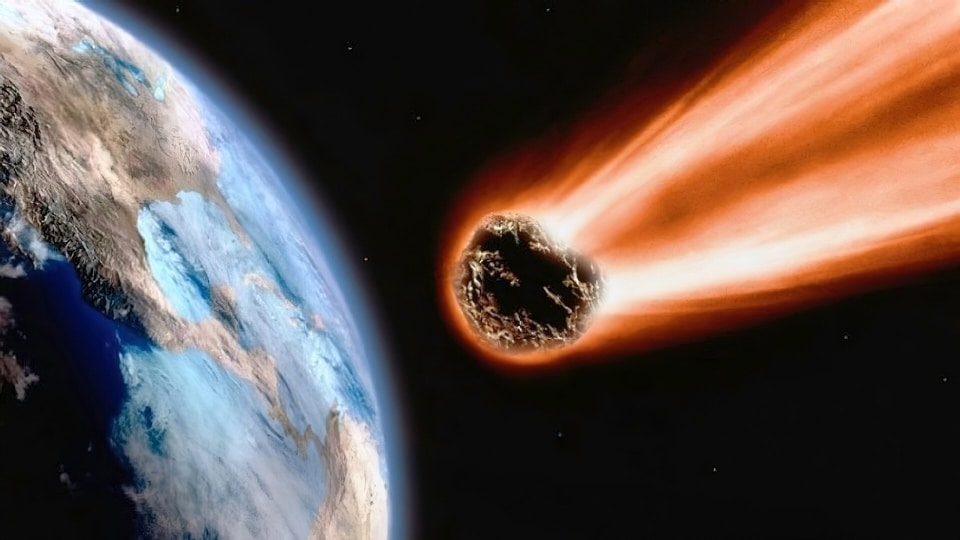
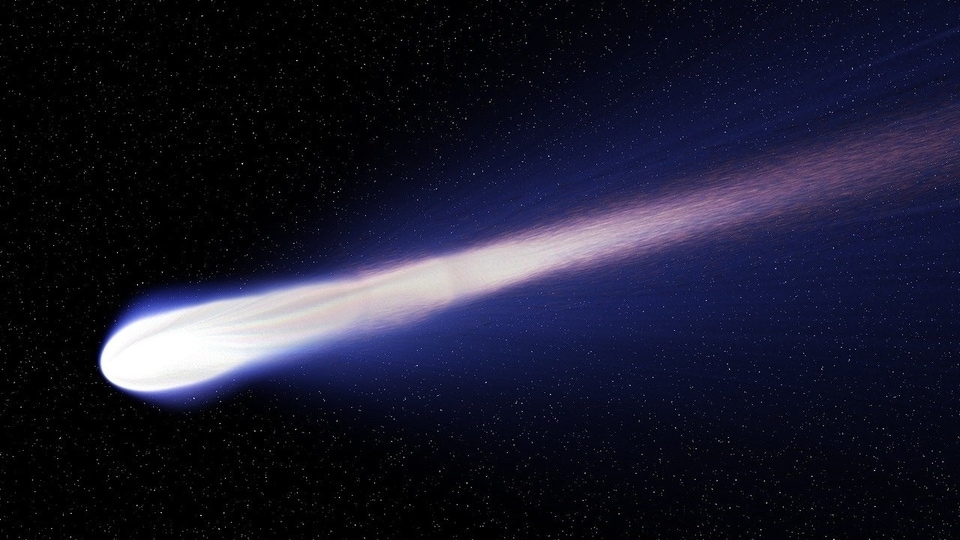
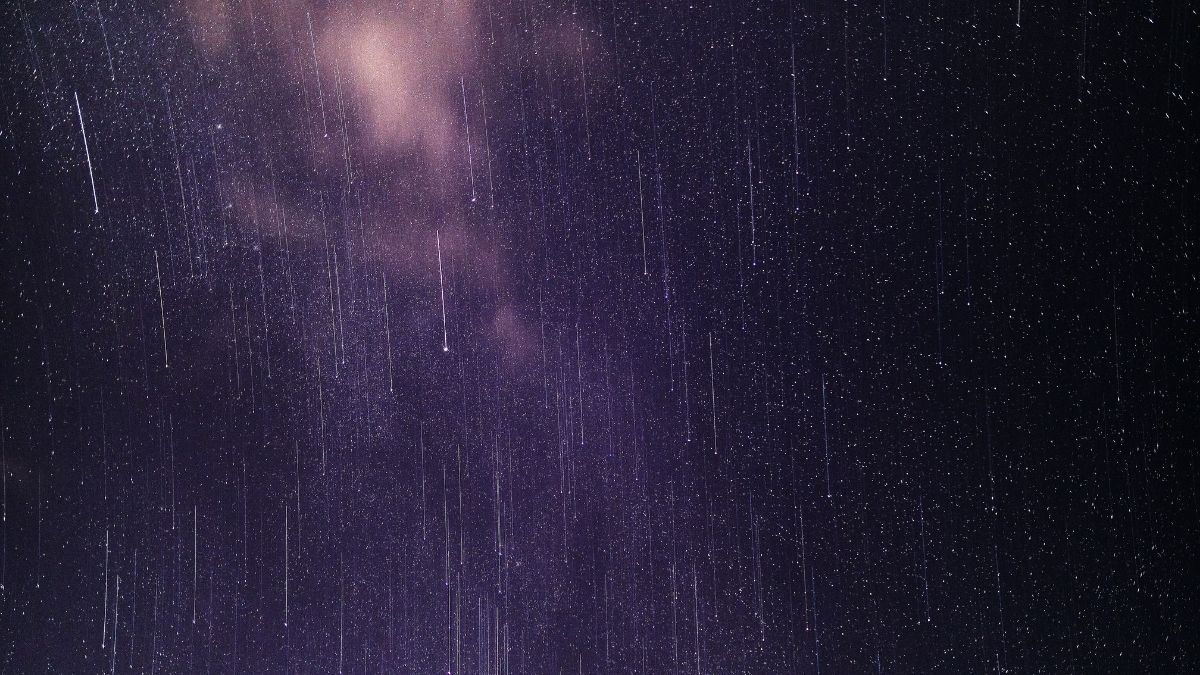
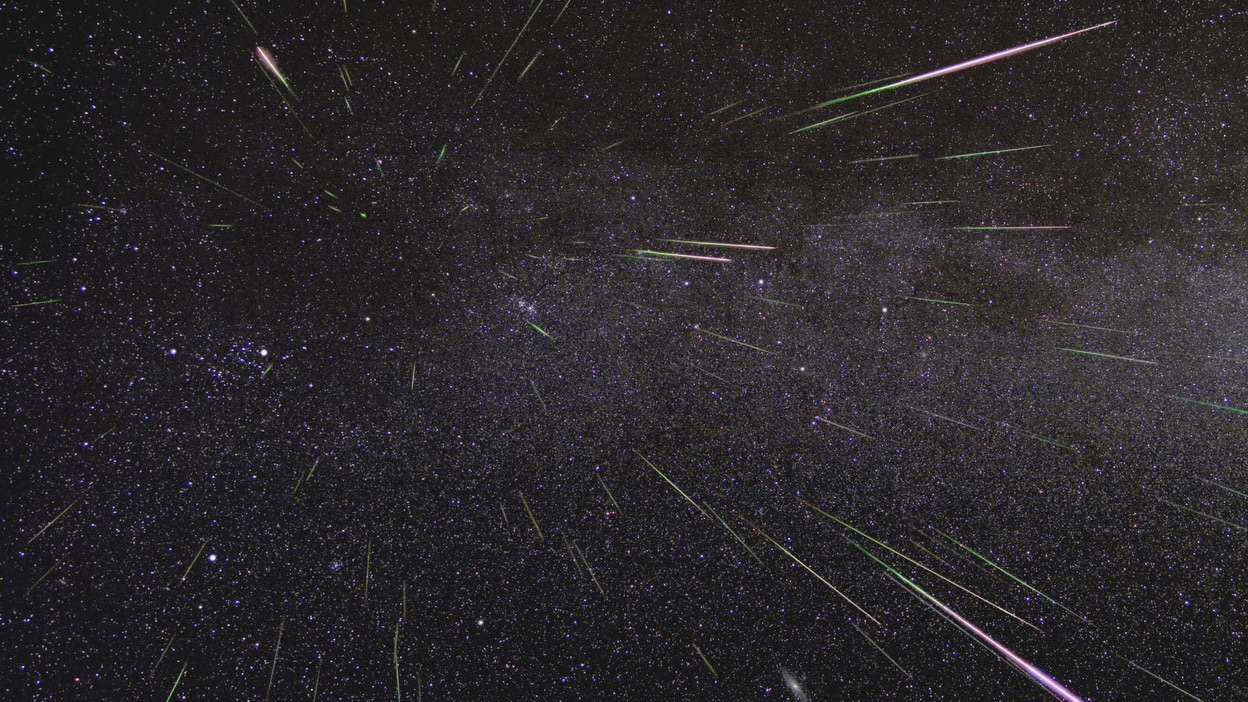
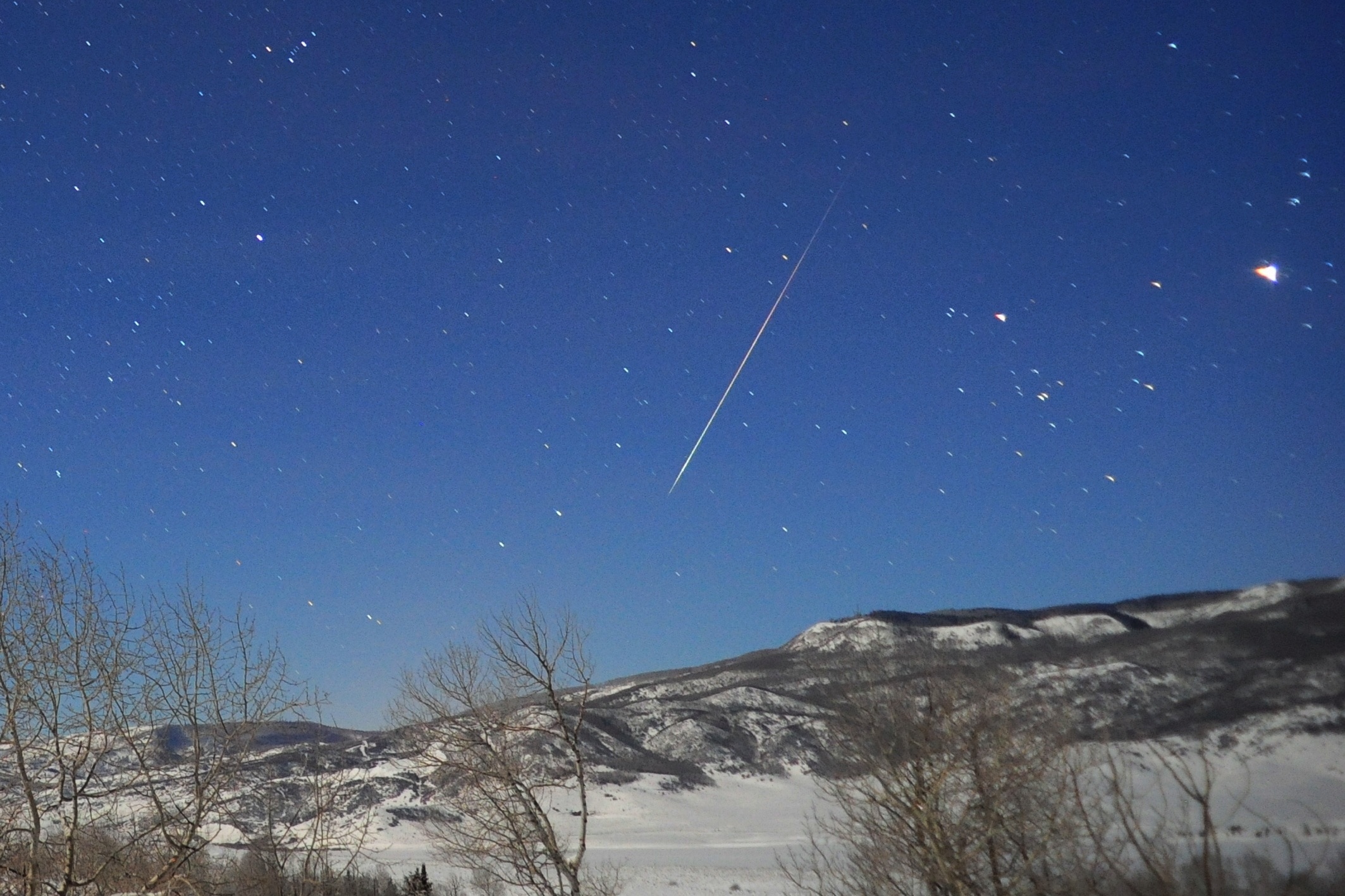
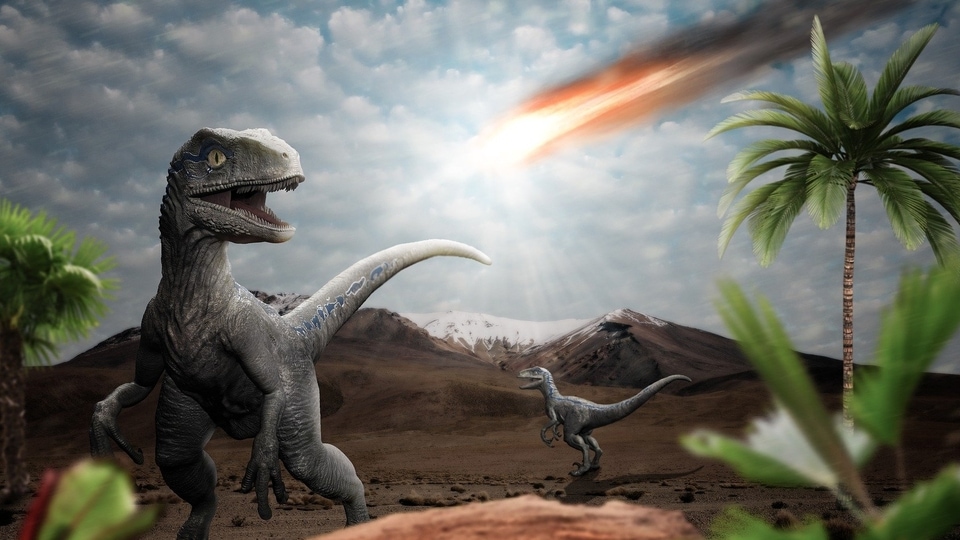
 View all Images
View all ImagesOcean is a mysterious place, most of which has not even been explored by humanity. According to National Geographic, more than 80 percent of the ocean has never been mapped or even seen by humans. A team of scientists have recently mapped the ocean floor to find out a mysterious crater which was formed nearly 65 million years ago, around the same time as the extinction of the dinosaurs, according to The Conversation.
The crater has been named “Nadir” after the nearby volcano Nadir Seamount. First published in the Sciences Advances Journal and reported in The Conversation, the Nadir crater impacted the ocean floor in the late Cretaceous period. This led to scientists questioning whether it was related to the dinosaur-killing meteor in some way which itself impacted Chicxulub, near the Yucatán Peninsula in Mexico. For this, scientists have three theories.
Theories which could explain the mysterious event
According to The Conversation, the first theory is that both of these meteors were part of a larger meteor which broke into three pieces. The larger meteor impacted Chicxulub and caused the extinction of dinosaurs while the smaller fragment impacted the ocean.
According to the second theory, both of these meteors were part of a larger impact cluster which formed due a collision in the asteroid belt. Although this theory seems a bit less plausible.
Third theory? It's just a big, cosmic coincidence.
What caused the extinction of dinosaurs?
According to the Alvarez hypothesis proposed in 1980 by father and son duo Luis and Walter Alvarez, the extinction was caused by a massive asteroid which crash landed on Earth more than 65 million years ago. The asteroid terraformed the planet which has made it habitable for humans today but likely was the reason which started the extinction of dinosaurs.
Scientists have apparently even found the site where the asteroid crash-landed. The asteroid crashed in Chicxulub, near the Yucatán Peninsula in Mexico. The impact would've caused the formation of huge tidal waves and an impact crater almost 140 Km wide. The impact would've caused the land material to splatter into space, changing the Earth into a nuclear winter like environment.
Further, the impact would've caused massive volcanic eruptions and earthquakes. According to scientists, these apocalypse-like conditions would've been the major factor behind the extinction of dinosaurs.
Catch all the Latest Tech News, Mobile News, Laptop News, Gaming news, Wearables News , How To News, also keep up with us on Whatsapp channel,Twitter, Facebook, Google News, and Instagram. For our latest videos, subscribe to our YouTube channel.


























